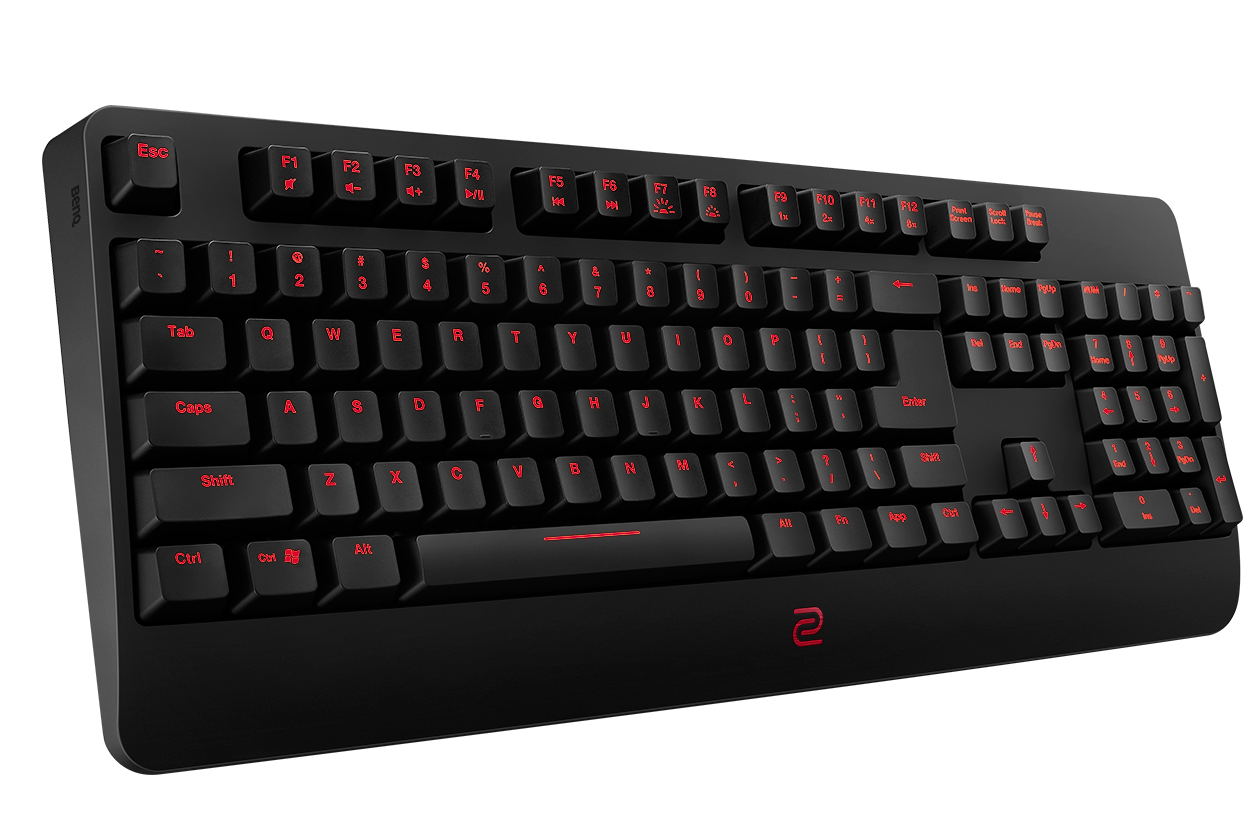Keyboard
Keyboard
Keyboard is a common input device. It is provided along with the computer, and is easy to use. It is used for entering the text data. For inputting the data, the user types the data using the keyboard. When the data is being typed, the display monitor displays the typed data. Cursor is a vertical line, an underscore, blinking line, etc. Cursor moves with each typed character. The position of cursor indicates the location on monitor where the typed-in character will be displayed.
Description of Keyboard
The design of a keyboard is similar to a standard typewriter. The modern keyboards are QWERTY keyboard (Q, W, E, R, T, Y are the sequence of keys in top row of letters). Standard keyboard contains 101 keys which are arranged in the same order as a typewriter. The keyboard has five sections (1) Typing keys (1, 2, 3…, A, B, C…), (2) Numeric keypad (numeric keys on right side), (3) Function keys (F1, F2…. on top side), (4) Control keys (cursor keys, ctrl, alt.…), and (5) Special-purpose keys (Enter, shift, spacebar…). Some keyboards have 110 keys, where the extra keys are designed to work with the Windows operating system.

Keyboard
Working of Keyboard
When a key is pressed, keyboard interacts with a keyboard controller and keyboard buffer. The keyboard controller stores the code of pressed key in keyboard buffer and informs the computer software that an action has happened on the keyboard. The computer software checks and reads the keyboard buffer and passes the code of pressed character to the system software. Due to a time gap between pressing of a key on keyboard and reading by the system software, keyboard buffer is designed to store many
